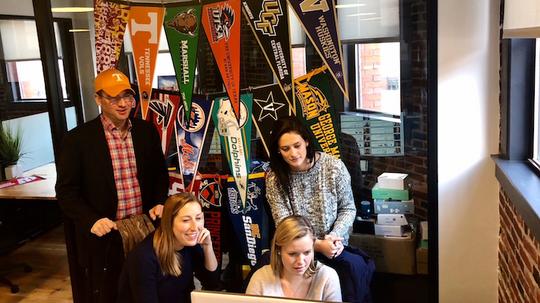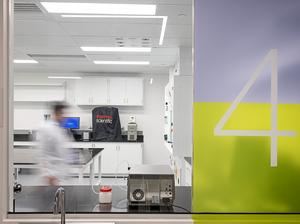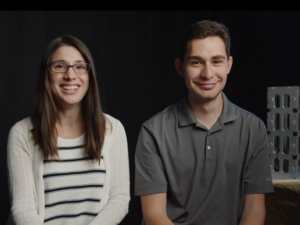
Armored Things, a cybersecurity startup based in the North Station area, wants to improve emergency response plans using a technology everyone already has - a network of software embedded in everyday objects, also known as the Internet of Things.
Founded in December 2016, the company was started by Julie Johnson and Charles Curran after they worked together at Qualcomm Ventures. They were working with the internet of things and got to talking about how these everyday objects could help keep us a little safer. They idea they had, which led to the launch of Armored Things, is to install critical data collecting software into the internet of things to help better streamline physical emergency response procedures.
Since then, they have brought on two additional founders and, among others, Elizabeth Carter, who joined as chief security officer in February after being the head of crisis management for the Americas for Apple. She said that as threats become increasingly more common, a better emergency reaction plan should be the next step.
“How do we start to incorporate the technology we already all have, everyone is already using, that people are already installing and utilizing?” Carter asked. “How do we actually use that to affect emergency response in a better way?”
"How do we start to incorporate the technology we already all have?"
Johnson used the Las Vegas concert shooting of 2017 as an example. Although the venue had gunshot detecting software and cameras, it didn’t have a technological response set in place to respond to the triggered system, which allowed the shooter to have time for uninterupted shooting.
The Armored Things software looks to change that.
One of the services the company is creating is a camera response system that collects enough data to notice changes. If a camera was positioned on a pedestrian intersection, it would constantly be collecting data on what direction people were walking, how many people walk there, on average, at that time, and what speed. Because of all this data, if there was a switch or lots of people began running, or everyone began making a sharp left, it would pick up that inconsistency and be able to alert authorities that something might be wrong.
Johnson said that they are starting pilot programs for this software at three universities across the country in April that have collectively over 160,000 students.
Johnson said she one day hopes to donate this software to K-12 schools as well. Johnson’s mother taught middle school music for 30 years and like many schools used a system of cards in the window to show occupancy, and merely locked the door and stood against a wall to protect against an incident.
“That is such an unacceptable state of the art,” Johnson said. “There are so many times when the teacher and the student are exposed in that scenario when we have technology that could instantly lock the doors or instantly release occupancy, that could inform the police where people were clustered in a building.”
The company is currently funded mainly by bootstrap funding, but is in the midst of its first institution fundraiser. With university pilots on the horizon, Johnson said they’ve been in contact with potential institutions who are interested in putting the technology in their own venues when it becomes available.
“Personally, it’s been the best thing that I have ever done in my entire life,” Johnson said. “I would 1,000 times over, do everything the exact same way that we have done it, because the amount of traction we have with universities and large venues is incredible. Our team is incredible.”








